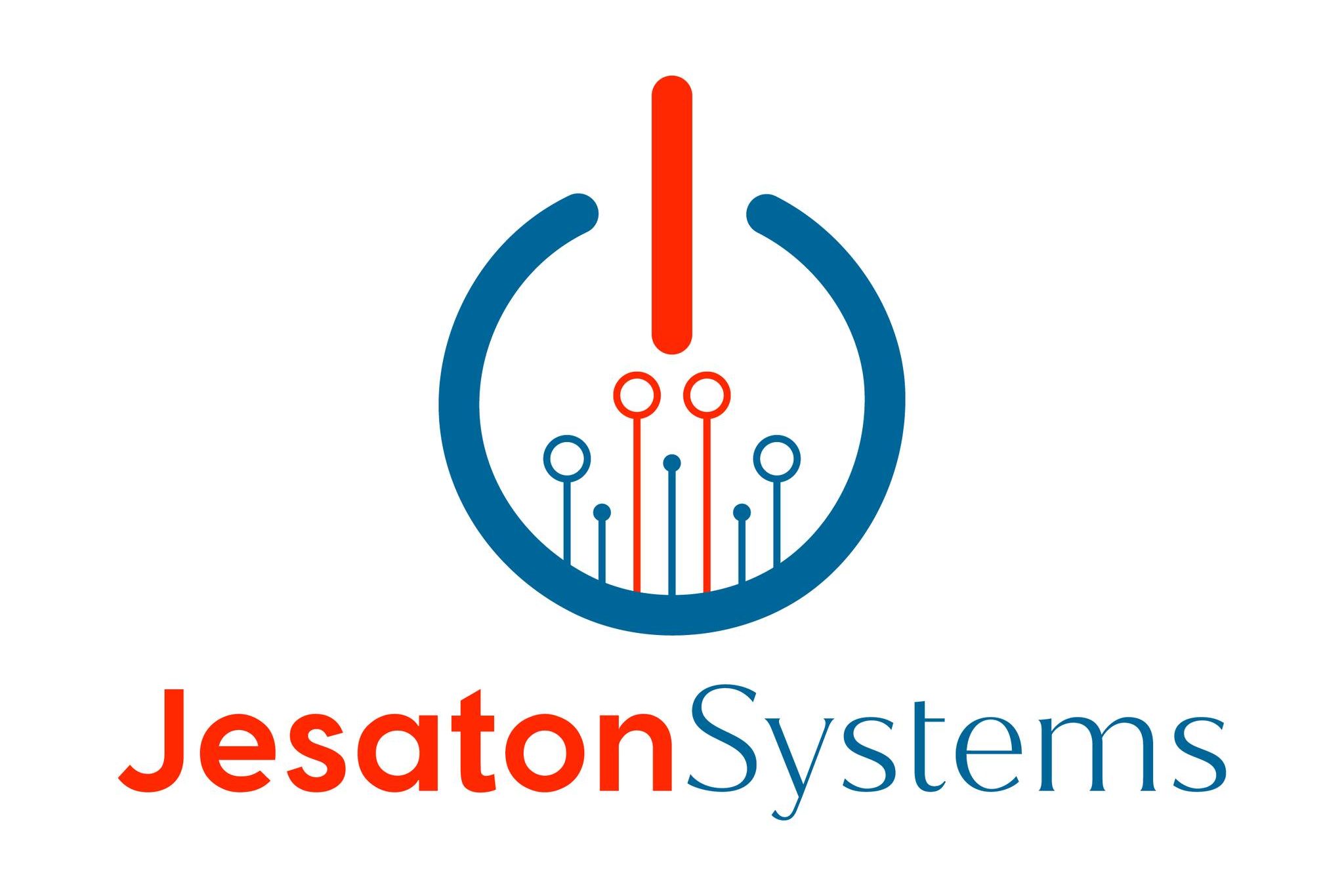In the ultimate quest for reliable, clean, renewable, and sustainable energy sources, solar panels in Kenya have risen as the leading contender. Solar panels play a pivotal role in harnessing the sun’s abundant energy source and converting it into the electricity that we use every day. But have you ever wondered; how do solar panels work? Let’s jump in!
Some historical background…
The discovery of the photovoltaic effect, which explains how electrical currents are generated when certain materials are exposed to light, was actually discovered in 1839 by French physicist Alexandre Edmond Becquerel.
However, it wouldn’t be until decades later that the first solar panel was created in 1954 by Bell Labs in the United States.
Fast forward another few decades to the latter half of the 20th century, this is when solar panels began to evolve from niche applications, such as remote communications and powering satellites to more widespread uses in residential, commercial, and industrial settings due to growing concerns over environmental sustainability and energy security.
However, their widespread adoption and popularity didn’t really surge until the early 21st century. Then in the 2010s solar panels in Kenya and globally became one of the fastest growing sources of electricity. This was mainly attributed to supportive policies, declining costs, and increasing public awareness of the benefits of renewable energy. Today, they continue to gain popularity as a reliable, clean, renewable, and sustainable energy source that plays a crucial role in our communities transition into an environmentally friendly energy future.
Now that we have a bit of history under our belts, let’s delve into the mechanics behind solar panels in Kenya.
What is the Photovoltaic Effect?
In the core of a solar panel is where the magic happens, it’s called the photovoltaic effect. When the particles of light, also known as photons, hit the surface of a solar panel they transfer their energy into electrons. In order to do this it must pass through a semiconductor material.
The Layers of Solar Cells
Solar panels in Kenya have several layers, as depicted in the image below. The most important part of these layers is the semiconductor material in between the conductive layers. These layers create individual units known as solar cells. The material used most often as a semiconductor is silicon due to its high availability and efficiency in converting sunlight into electricity.

How Do They Generate Electric Current?
When particles of light strike the surface of the solar cell it knocks the electrons loose from the semiconductor material, this in turn creates electron-hole pairs. The conductive layers within the solar cells facilitate the movement of the electrons, which in turn generates an electrical current, the electrons then flow through the external circuit producing the electricity, but before that electricity can be used in your home it must first pass through an inverter.
What is a Solar Inverter?
After the electricity is produced, it will need to pass through an inverter in order for it to become compatible with your household appliances and the power grid. The electricity generated by solar panels is known as direct current (DC), most commonly found in batteries that are used in items such as cellphones and laptops. The inverter will convert DC into alternating current (AC) so that it is ready for use in your home.

Maximizing Efficiency and Optimize Placement
To make the most out of your solar panels in Kenya, it’s important to think about things like the angle and direction they’re facing towards the sun. Finding the right spot for your panels, away from shade or anything blocking them, is key for getting the most energy. Our experts will evaluate your home to optimize placement and ensure that solar is the best fit for you and your energy needs. Contact us today for a free quote!
Solar Panel Advantages
One of the coolest things about a solar powered system is how eco-friendly they are! Unlike fossil fuels, solar power doesn’t release any greenhouse gasses or nasty pollutants into the air. Plus, solar energy is renewable and there’s plenty of it to go around, making it a super sustainable option compared to old-school energy sources. But that’s not all—going solar also gives you peace of mind and energy security. You won’t have to rely solely on the power grid, so you can rest easy knowing you’ve got your own power source right on your roof.
Are you ready to make the switch? Let’s chat about how you can go solar and help the planet at the same time! Contact our team to request a free solar energy quote.
By signing up for Jesaton Home Solar, you can save your monthly energy bill and enjoy all inclusive maintenance as we ensure you are getting the most out of your investment. If you are interested in learning more about commercial solar systems & cost, contact us at hello@jesaton.co.ke Call: 0715 020605






